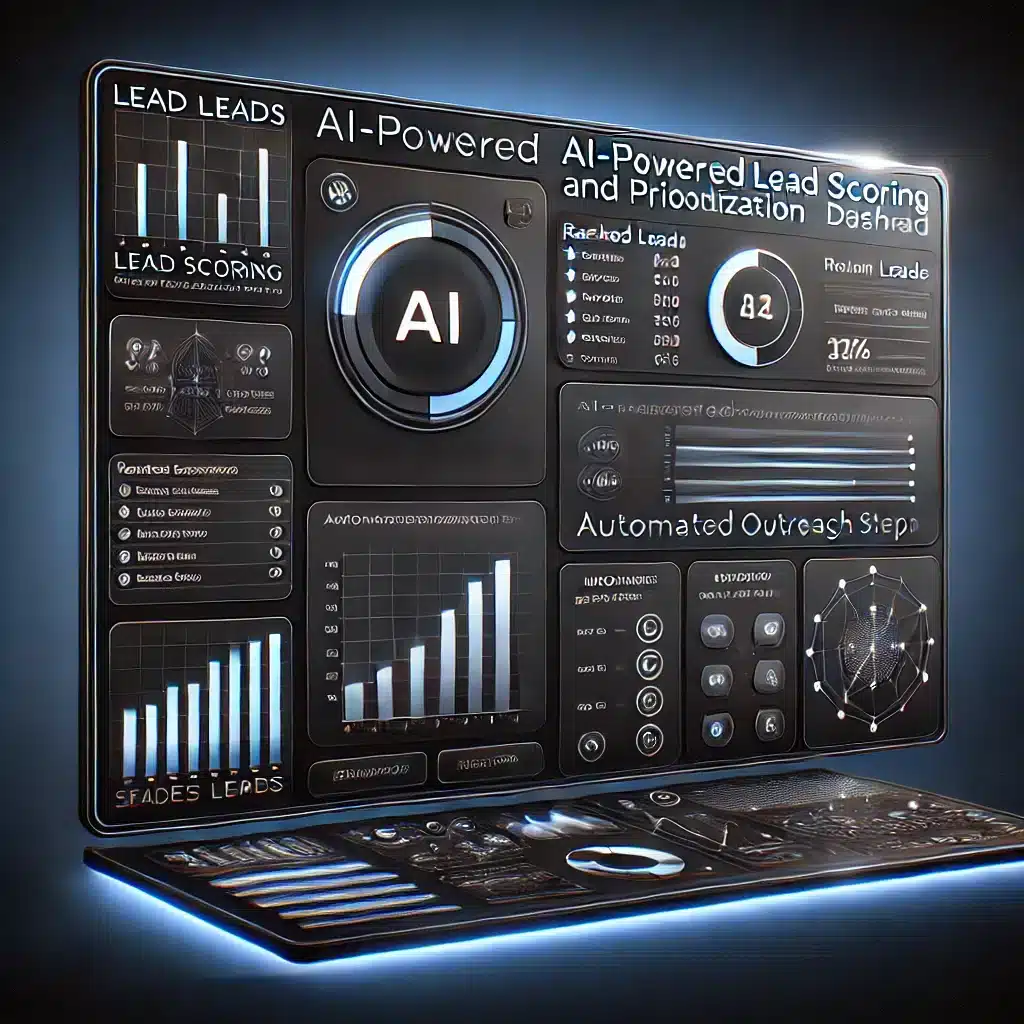Enhancing Efficiency: AI Energy Integration
The energy sector faces growing demand alongside rapid technological evolution. In this scenario, the integration of AI solutions offers promising prospects. For instance, Cisco’s study highlights AI’s role in promoting collaboration between IT and operational technology (OT) in utilities. The study emphasizes AI energy integration as a driver for efficiency and automation.
Boosting Collaboration in Utilities
Utilities worldwide are investing in AI to foster communication between IT and OT. Consequently, this synergy leads to better management of energy resources and cybersecurity enhancements. Moreover, 45% of utility professionals expect AI to improve IT/OT collaboration—vital for tackling obstacles in this field. The combination of AI technology stands as the second most important factor for utility growth.
For instance, AI insights derived from OT data are already improving energy management in numerous firms. These insights make industrial networking more reliable and secure. Nevertheless, cybersecurity threats persist as both top external and internal challenges. Therefore, bridging the IT/OT gap remains a top priority for firms aiming to improve cybersecurity and regulatory compliance.
Addressing Grid Strain with AI
While AI integration offers many advantages, it also brings challenges. A report by the North American Electric Reliability Corporation predicts increased electricity demand, exacerbated by AI data centers, electric cars, and crypto mining. The research attributes this surge to the fast-paced development of AI technology. Thus, the existing energy infrastructure struggles to cope with these changes.
Optimizing Energy Resources
To combat grid strain, investments in renewable energy sources and infrastructure upgrades become essential. However, AI can optimize energy allocation by predicting demand trends and improving grid efficiency. For example, tech companies are exploring innovative solutions, like establishing data centers near nuclear plants, thus lessening grid pressure.
In addition to these efforts, electric cars and other technologies hold untapped potential for energy storage and redistribution. Initiatives, such as impulse-powered household appliances, display promising future prospects. These appliances efficiently utilize energy stored during non-peak times, ultimately reducing strain during high-demand periods.
The Road Ahead for Energy Integration
Integrating AI into the energy sector presents both opportunities and challenges. By promoting IT/OT collaboration and addressing grid strain, AI enables increased efficiency across the board. Moreover, ongoing advancements in energy resources and grid infrastructure remain essential for sustainable growth in this field.
As the energy landscape continues to evolve, AI energy integration holds immense potential for enhancing operations and securing future development. In conclusion, continual adaptation and innovation keep the energy sector resilient and effective amidst the challenges of technological progress.



